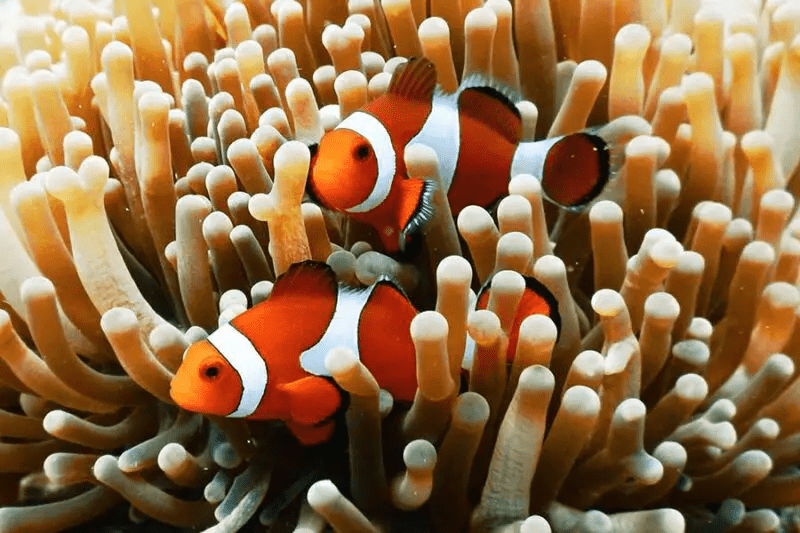
What is the term for a symbiotic relationship where both organisms benefit?
Mutualism
Bacteria that need only a small amount of nutrients to survive are called what?
A. Oligotrophs
B. Copiotrophs
C. Autotrophs
D. Heterotrophs
A. Oligotrophs
Bacteria that thrive in extreme environments.
A. Mesophiles
B. Psychrophiles
C. Extremophiles
D. Halophiles
C. Extremophiles
Which component of blood is primarily responsible for clotting?
A. Red blood cells
B. White blood cells
C. Platelets
D. Plasma
C. Platelets
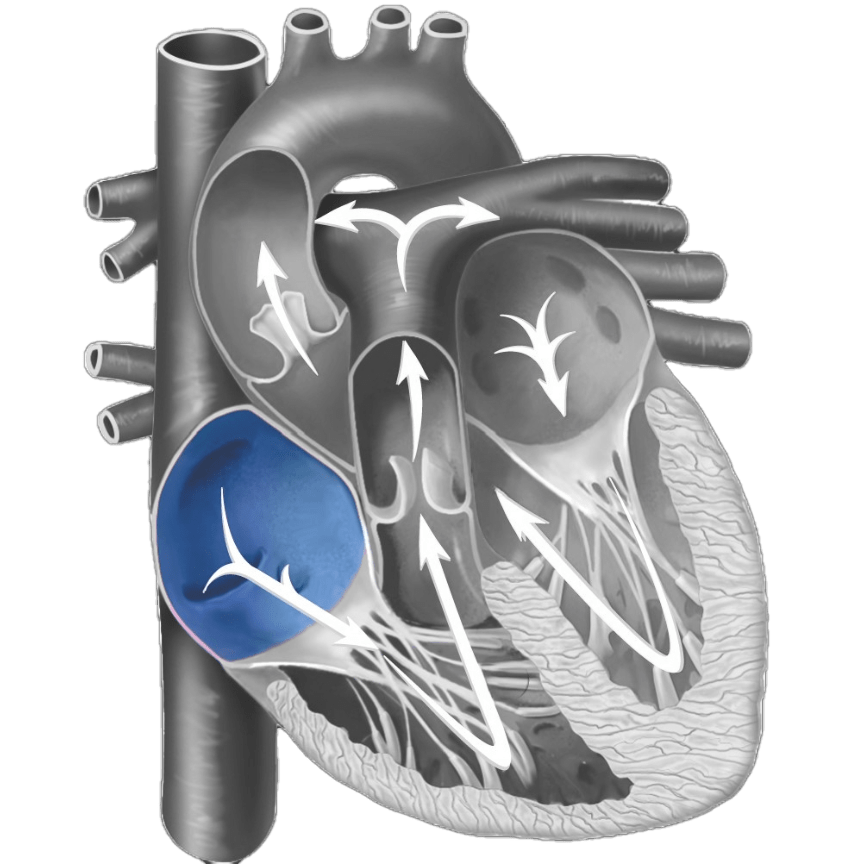
Name the highlighted structure
Right atrium
In which symbiotic relationship does one organism benefit while the other is harmed?
A. Mutualism
B. Commensalism
C. Parasitism
D. Neutralism
C. Parasitism
This term describes bacteria that live without oxygen.
A. Aerobic
B. Anaerobic
C. Facultative
D. Microaerophilic
B. Anaerobic
The bacteria that produce methane as a metabolic byproduct and are involved in the carbon cycle are called:
A. Methanogens
B. Halophiles
C. Thermophiles
D. Acidophiles
A. Methanogens
What percentage of plasma is water?
A. 75%
B. 91%
C. 80%
D. 65%
B. 91%
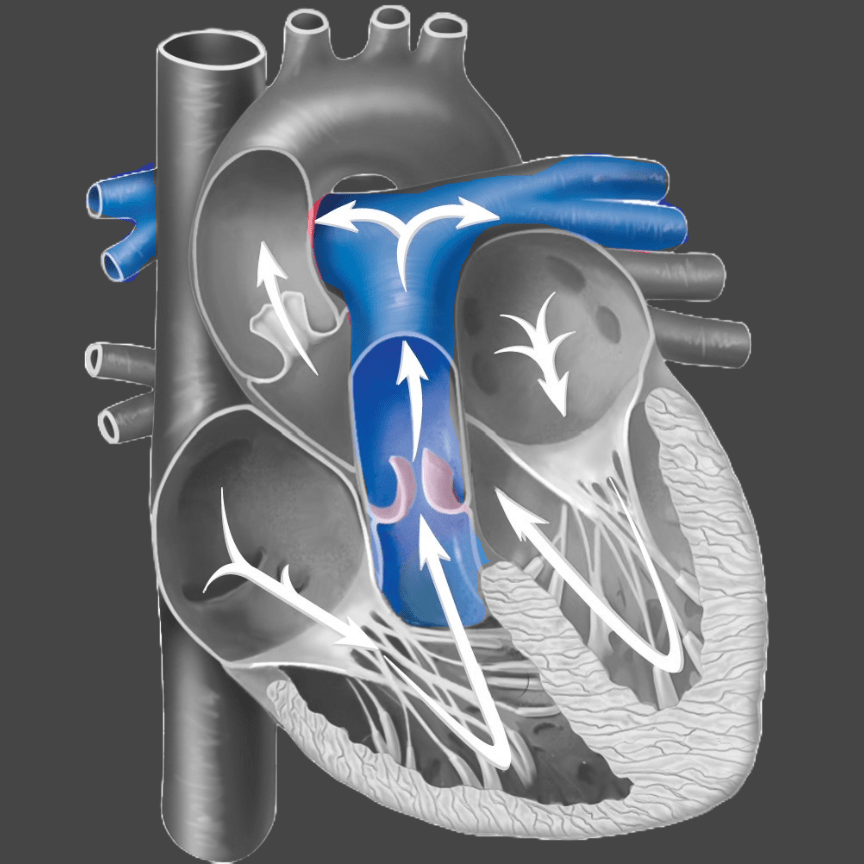
Which vessel is highlighted?
Pulmonary Arteries
In a commensal relationship, one organism benefits while the other is:
A. Harmed
B. Unaffected
C. Benefitted
D. Neutral
B. Unaffected
These bacteria get their energy from chemical compounds, not light.
A. Phototrophs
B. Chemotrophs
C. Lithotrophs
D. Organotrophs
B. Chemotrophs
Bacteria is known for its role in nitrogen fixation in legume roots.
A. Escherichia coli
B. Rhizobium
C. Streptococcus
D. Lactobacillus
B. Rhizobium
Where does the production of all blood cells (hematopoiesis) primarily occur in adults?
A. Liver
B. Spleen
C. Red bone marrow
D. Lymph nodes
C. Red bone marrow
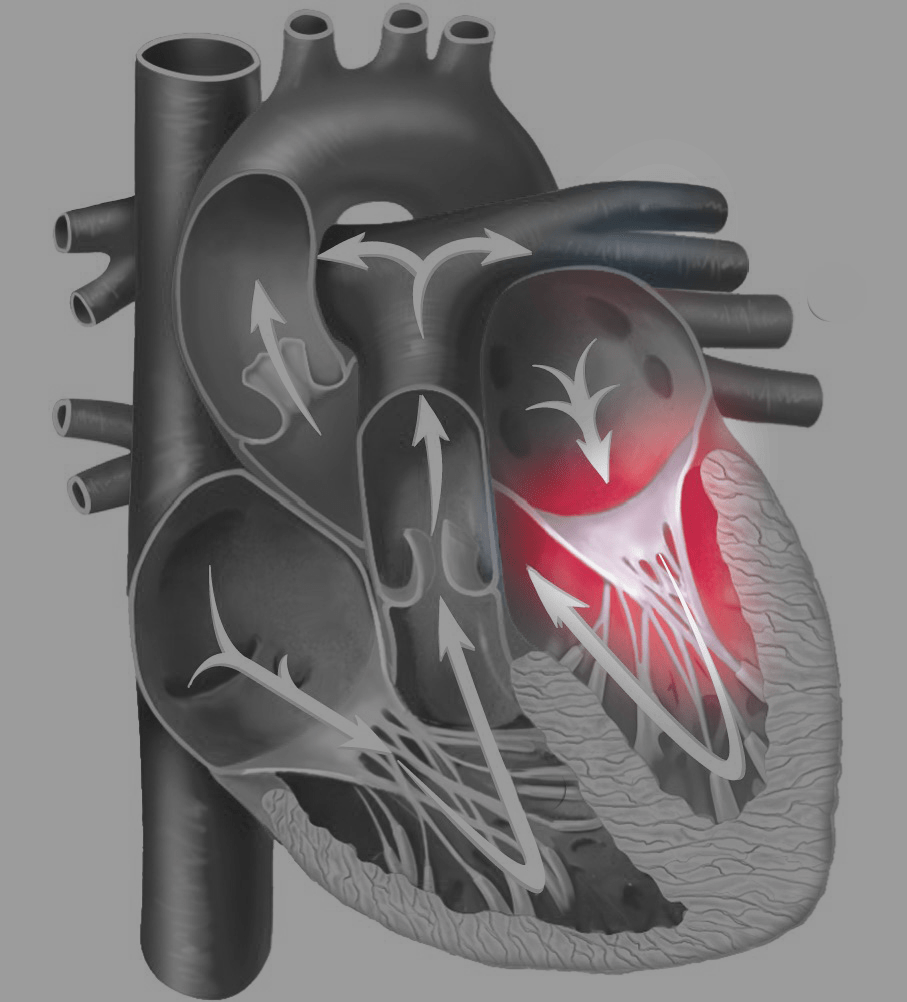
Name this AV Valve.
mitral (bicuspid)
An example relationship of Staphylococcus epidermidis using dead skin cells as nutrients. The human host is unaffected.
A. Mutualism
B. Amensalism
C. Parasitism
D. Commensalism
D. Commensalism
Bacteria that thrive in environments with high salt concentrations.
A. Halophiles
B. Thermophiles
C. Acidophiles
D. Barophiles
A. Halophiles
This group is primarily responsible for decomposing organic matter in anaerobic environments, such as the human gut.
A. Cyanobacteria
B. Spirochetes
C. Bacteroides
D. Mycobacteria
C. Bacteroides
A. 11,000 per µL
B. 4 million - 6 million per µL
C. 150,000 per µL
C. 150,000 per µL
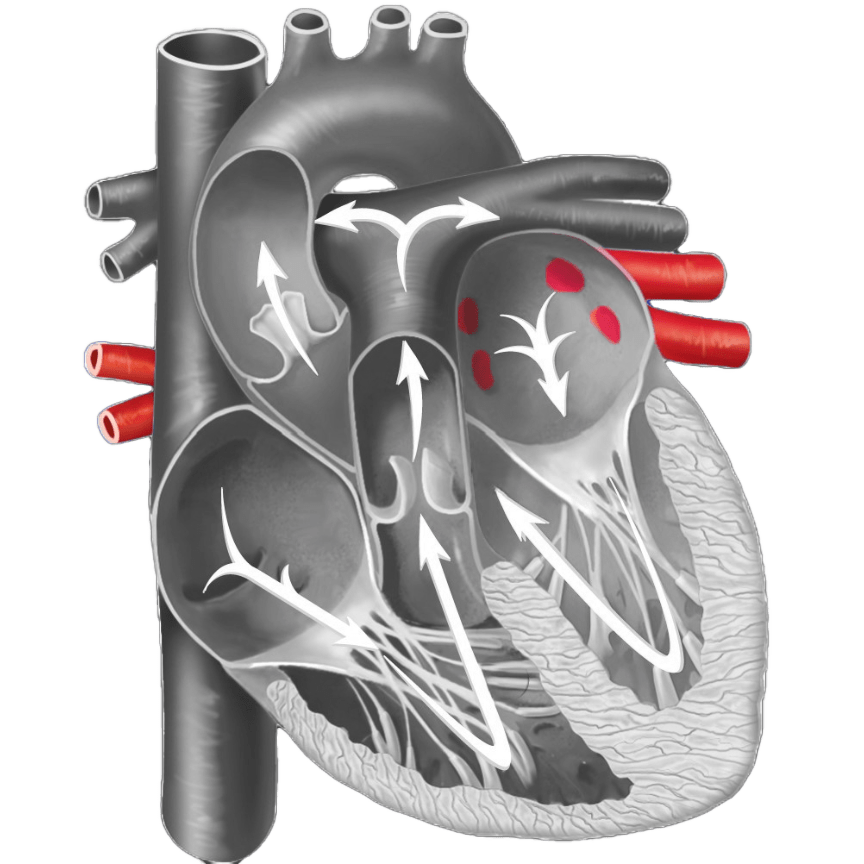
Pulmonary Veins
Which type of symbiotic relationship is characterized by one organism producing a substance that harms another organism, without being affected itself?
A. Mutualism
B. Commensalism
C. Parasitism
D. Amensalism
D. Amensalism
Bacteria that can switch between using oxygen and not using oxygen are called?
A. Aerobic
B. Anaerobic
C. Facultative anaerobes
D. Obligate aerobes
C. Facultative anaerobes
Bacteria with thicker peptidoglycan layers in the cell wall are Gram-positive.
True!
Initial phase of Hemostasis
Vascular Phase (Vascular spasm or Vasoconstriction)
A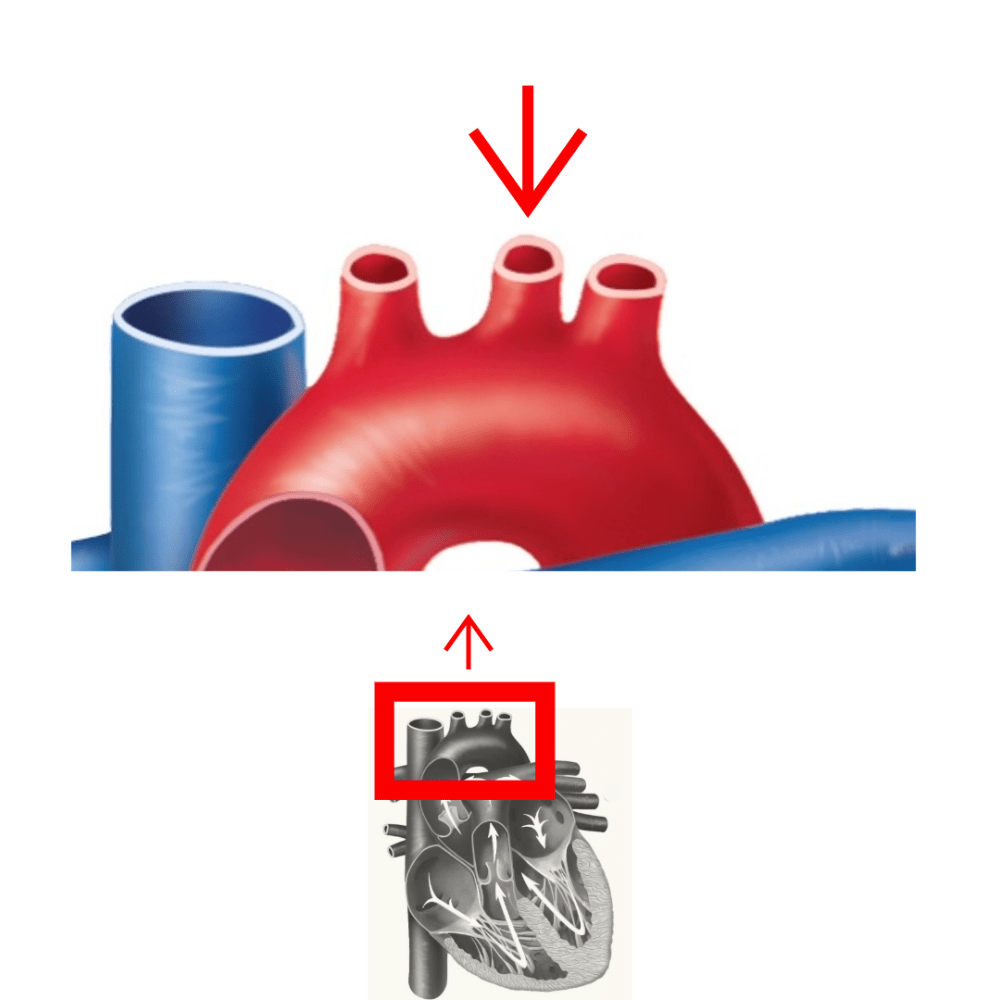
Name this originating artery